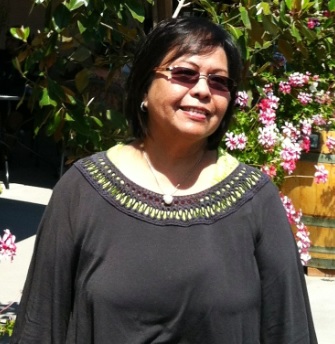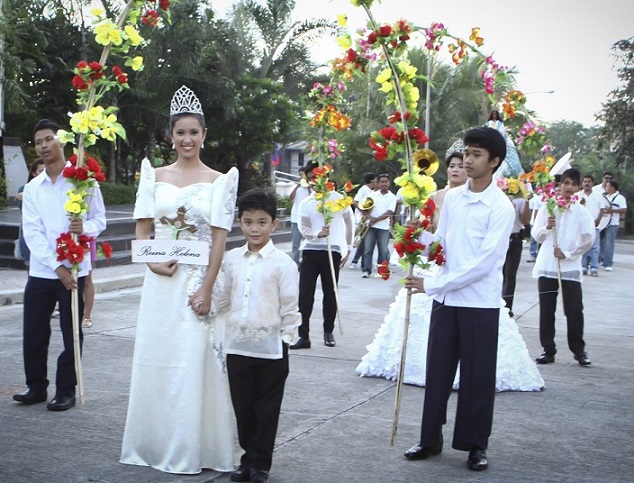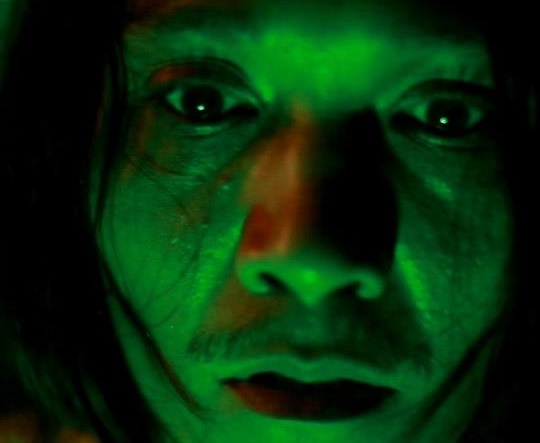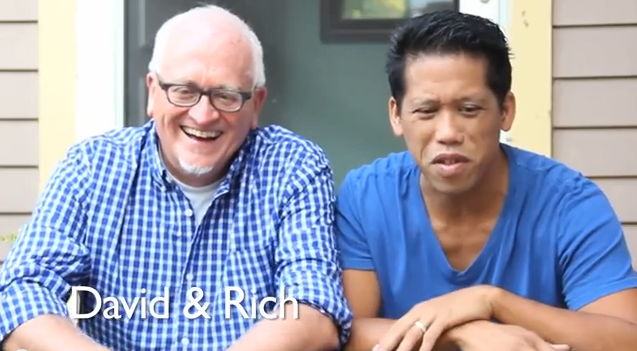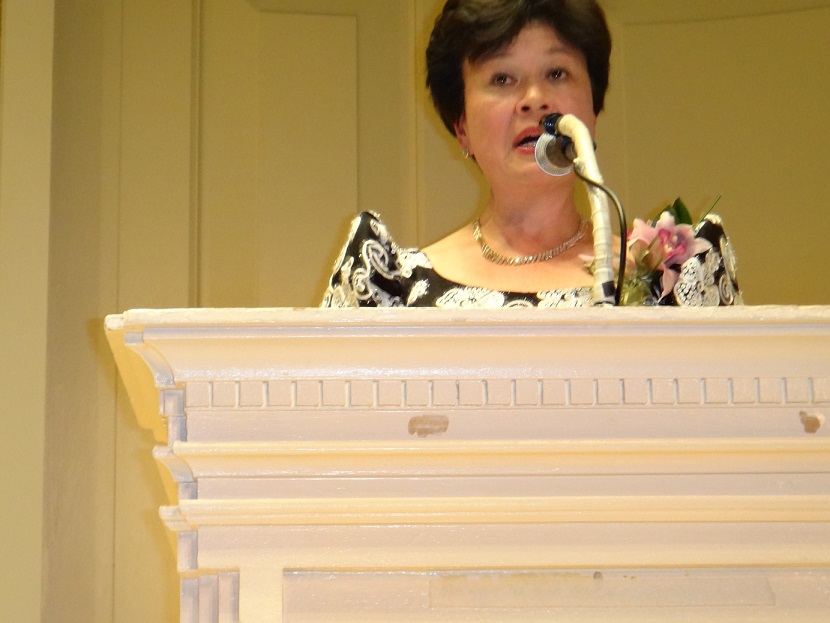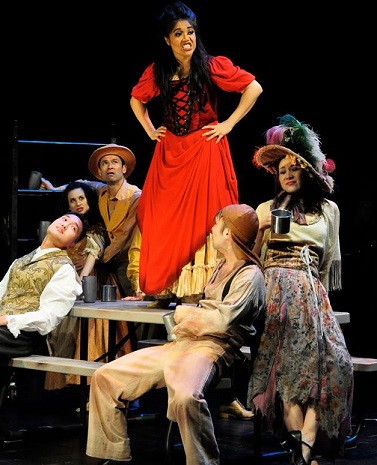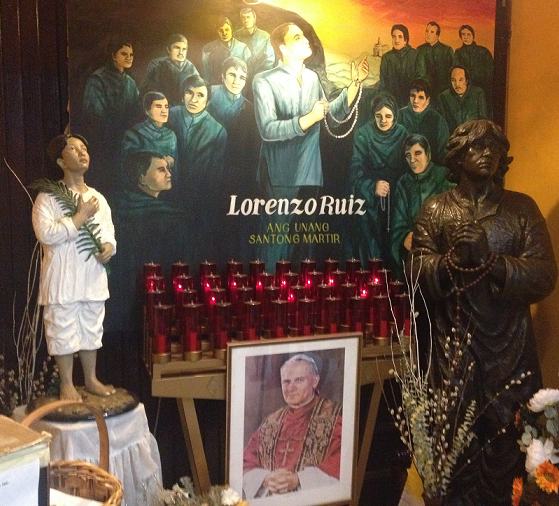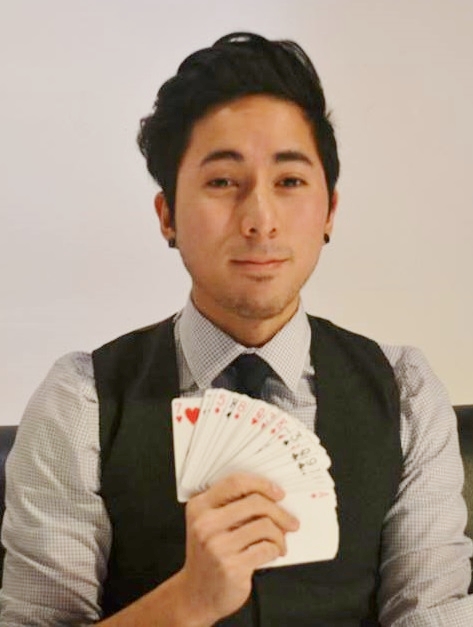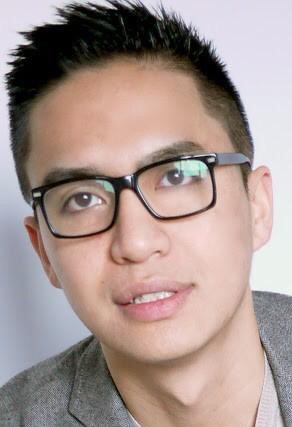A thousand Sto. Niños looking for a home
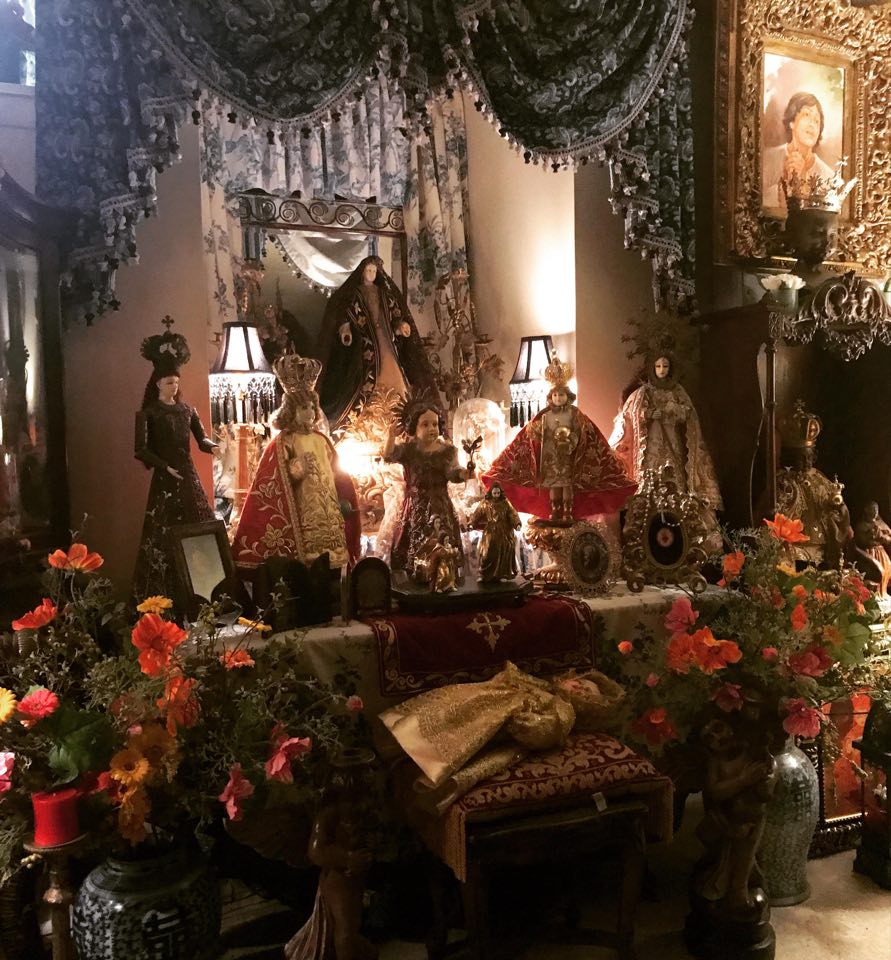
By Cristina DC Pastor
Four years ago, more than a thousand Sto. Niño images resided in a cottage-style home in a fine neighborhood in Linden, N.J., next door to a Catholic Church. It was known to legions of devotees as the Casa Sto. Niño or the Divine Child Museum.

The 1,200 statues belong to antiques aficionado Marcos Anselmo Panlilio.
A succession of deaths in his family forced Ping to make the difficult decision to leave his Elizabeth, N.J. home, which is close to Linden. First his father Joe, then his mother Juliet, and then his wife Del. All three died within a period of two months. It was a time of intense grief. He moved away and relocated to Hillsborough, one of the oldest townships in New Jersey. His sprawling collection of images is momentarily occupying his renovated basement.
“The museum is in transition right now,” he told The FilAm.
The basement has been converted into a private chapel where he plans to start online religious services. His goal is to purchase an abandoned church and make it a permanent museum for the Divine Child.
“It’s costly,” he conceded. But he is looking at compensation awarded to him as a 9/11 survivor as his start-up fund. Ping was diagnosed with cancer after many years working at Ground Zero. He owned a landscape construction firm that was tasked with rebuilding the parks of the World Financial Center, Zuccotti Park, and the Nasdaq headquarters. He believes his devotion saved his life.
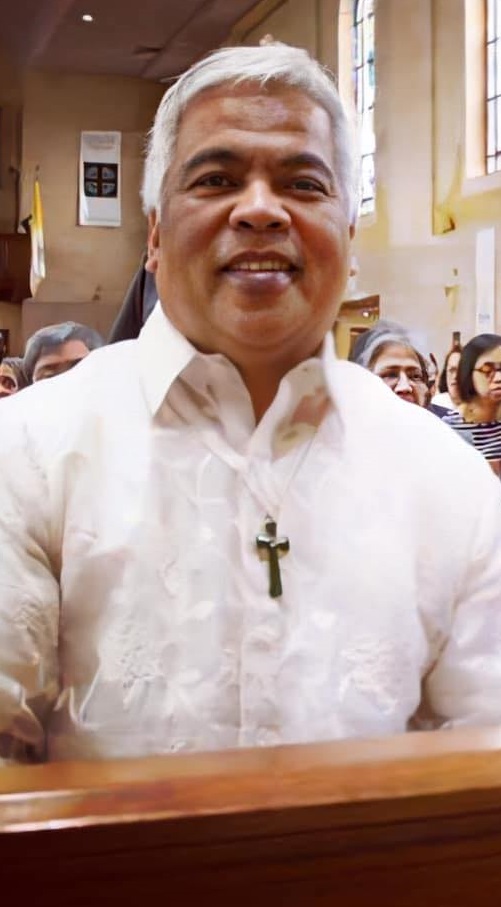
“After 9/11,” he recalled, “we went back to the sites and began the process of rebuilding. I was there from 2001 to 2010 and inhaled all the toxic fumes. I got sick, I was diagnosed with cancer. I was awarded some good amount of money from my exposure there so I am devoting part of this amount to buy a place to house the collection.”
Being ill had given him a moment to reflect. He quit his job to take care of his health and pay attention to his collection. In 2014, Casa Sto. Niño opened in Linden. The museum attracted ardent followers who came and offered donations. Some requested prayers for special intentions in exchange for their generosity.
He wants the museum to be his legacy.
Ping has been collecting statues of the Baby Jesus since he was 8 years old. His first Sto. Niño was purchased at a thrift shop in the Malate district for 50 centavos.
“That’s how it started.” Today, the collection is estimated at “1,200 and growing.” Majority of them are with him in Hillsborough, but some are housed in churches across the East Coast.
Although his basement is overflowing with statues, crucifixes, religious artifacts, flowers and candles, Ping, 63, continues to grow his collection, snapping up images with an interesting story or anything that catches his eye.
In April 2016, Ping and about a hundred Sto. Niño devotees — led by then Consul General Mario de Leon Jr. — held a procession in front of the St. Elizabeth of Hungary Church in Linden. The image of the Sto. Niño reached Philippine shores in 1521 when the explorer Ferdinand Magellan presented it as a gift to the ruler and people of Cebu. The Sto. Niño later came to symbolize the Christianization of the country. Cebu celebrates the feast of the Santo Niño on a Thursday after the Solemnity of the Epiphany.
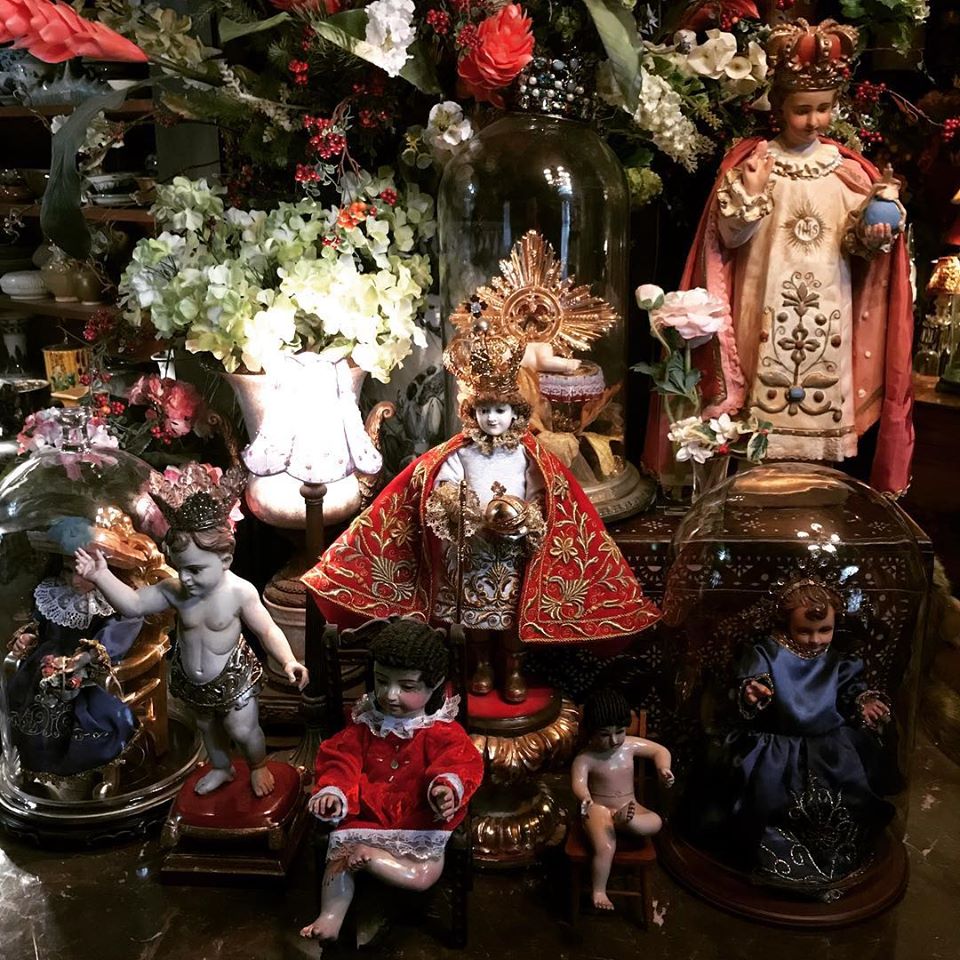
“We celebrate it on the 27th of April, the day they found the image again after it was lost when Magellan was killed during the battle of Mactan,” he recounted.
Praying to the Sto. Niño gives Ping so much joy and spiritual sustenance in times when he is feeling physically and emotionally exhausted. He said, “He gives me everything I ask for, not right away, but you know he listens.”

© The FilAm 2020

